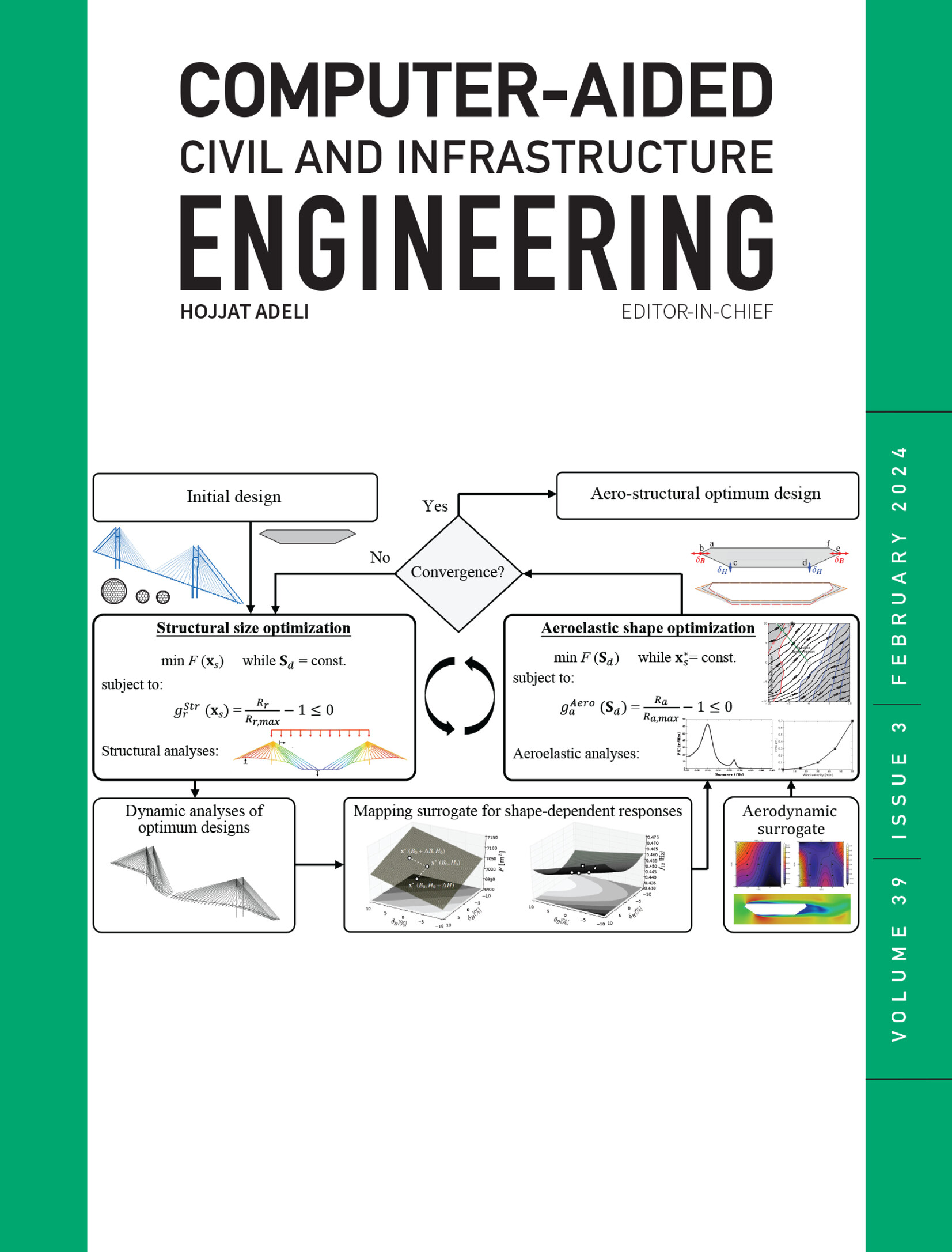Progressive development of cracks in biochar–cement composites through multiscale analysis
IF 9.1
1区 工程技术
Q1 COMPUTER SCIENCE, INTERDISCIPLINARY APPLICATIONS
引用次数: 0
Abstract
The intrinsic brittleness of the cement matrix limits its synergy with steel reinforcement bars, constraining energy dissipation and crack control capacity of concrete. Enhancing the ductility of cementitious materials is, therefore, essential for improving structural resilience. A porous carbon material, for example, biochar, offers a sustainable alternative that can improve ductility and energy dissipation capacity, while simultaneously contributing to carbon sequestration. Despite promising experimental observation, the fracture mechanisms underlying this toughening effect remain insufficiently understood. This study addresses this knowledge gap by developing a multi-scale voxel-based modeling framework for biochar–cement composites, linking microscale mechanical heterogeneity to macroscale fracture behavior. The elastic modulus of biochar–cement paste was first quantified across nanoscale (∼nm and ∼µm) to mesoscale (∼mm and ∼cm) through nano- and micro-indentation, providing scale-bridged inputs for the model. The framework explicitly resolves aggregates, interfacial transition zones, and biochar particles within a concurrent multi-scale domain, enabling simulation of localized fracture while retaining computational efficiency. The simulation results were validated through a three-point bending test and digital image correlation. These findings demonstrated that biochar could alter the crack propagation by redistributing interfacial stress and promoting multi-layered crack deflection, which significantly enhanced the energy dissipation by up to 90%. This study elucidates the multi-scale mechanisms by which the pore architecture of biochar enhances ductility, providing a scalable framework for the design of high-ductile, sustainable cementitious materials.基于多尺度分析的生物炭-水泥复合材料裂缝的递进发展
水泥基体固有的脆性限制了其与钢筋的协同作用,制约了混凝土的耗能和裂缝控制能力。因此,提高胶凝材料的延性是提高结构弹性的必要条件。多孔碳材料,例如生物炭,提供了一种可持续的替代方案,可以提高延展性和能量耗散能力,同时有助于碳封存。尽管有很好的实验观察结果,但这种增韧效应背后的断裂机制仍然没有得到充分的了解。本研究通过开发一种基于多尺度体素的生物炭-水泥复合材料建模框架,将微观尺度的力学非均质性与宏观尺度的断裂行为联系起来,解决了这一知识缺口。首先通过纳米和微压痕对生物炭-水泥膏体的弹性模量进行了从纳米尺度(~ nm和~µm)到中尺度(~ mm和~ cm)的量化,为模型提供了尺度桥接输入。该框架明确地在一个并行的多尺度域内解析聚集体、界面过渡区和生物炭颗粒,从而在保持计算效率的同时实现局部裂缝的模拟。通过三点弯曲试验和数字图像相关验证了仿真结果。研究结果表明,生物炭可以通过重新分配界面应力和促进多层裂纹挠曲来改变裂纹扩展,使能量耗散显著提高90%。本研究阐明了生物炭孔隙结构增强延性的多尺度机制,为设计高延性、可持续的胶凝材料提供了一个可扩展的框架。
本文章由计算机程序翻译,如有差异,请以英文原文为准。
求助全文
约1分钟内获得全文
求助全文
来源期刊
CiteScore
17.60
自引率
19.80%
发文量
146
审稿时长
1 months
期刊介绍:
Computer-Aided Civil and Infrastructure Engineering stands as a scholarly, peer-reviewed archival journal, serving as a vital link between advancements in computer technology and civil and infrastructure engineering. The journal serves as a distinctive platform for the publication of original articles, spotlighting novel computational techniques and inventive applications of computers. Specifically, it concentrates on recent progress in computer and information technologies, fostering the development and application of emerging computing paradigms.
Encompassing a broad scope, the journal addresses bridge, construction, environmental, highway, geotechnical, structural, transportation, and water resources engineering. It extends its reach to the management of infrastructure systems, covering domains such as highways, bridges, pavements, airports, and utilities. The journal delves into areas like artificial intelligence, cognitive modeling, concurrent engineering, database management, distributed computing, evolutionary computing, fuzzy logic, genetic algorithms, geometric modeling, internet-based technologies, knowledge discovery and engineering, machine learning, mobile computing, multimedia technologies, networking, neural network computing, optimization and search, parallel processing, robotics, smart structures, software engineering, virtual reality, and visualization techniques.

 求助内容:
求助内容: 应助结果提醒方式:
应助结果提醒方式:


